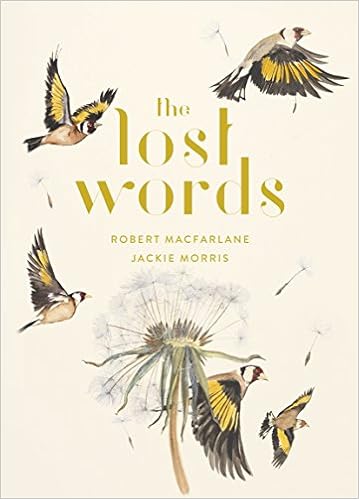Over the years, we've written about/reviewed
lots of graphic novels here at A Year of Reading. When the Cybils were brand new, I chose to judge graphic novels so that I could learn more about the format. Perhaps my love of graphic novels was fueled by a childhood reading diet of comic books. Stacks and stacks of comic books. (There were also shelves and shelves of books, the Weekly Reader Book Club books, mandatory purchases at the shopping mall bookstores when we drove the 3 hours to Denver, and the regular trips to the local library. But there were also
always stacks and stacks of comic books.)
I've tagged 148 books "adult" in Goodreads, and three of them are graphic novels. But get this...all three of them are also memoir. I have no idea what that means. It just made me go, "Hmm..."
This is the most recent adult memoir in graphic novel format that I've read, and I think you should read it, too:
by Mira Jacob
One World, March 2019
Mira Jacobs is East Indian and her husband is Jewish. With a combination of drawings and photographs, the book is built around Jacob's conversations with her six year-old biracial son about Michael Jackson, brown and white skin, Trump's election, and police violence. Jacobs also allows readers to "listen in" on her conversations with her own parents, brother, and grandmother about how her family discriminates against her because her skin is a (tragically) dark brown, and with her mother in-law about how people at a party she throws assume Mira's the help because she's not white. There are conversations between Jacobs and her white friend about parenting, and conversations between Jacobs and her husband about dealing with white men who hold all the power without even being aware that they do.
This book, for me, was a window.* Perhaps for you it will be a mirror.* If we're going to repair the race issues that continue to divide our nation, we're going to have to use books like this as sliding glass doors* so that we can have conversations like these not just in our imaginations as we read, but in real life with the people around us -- other adults, our students and children, co-workers, politicians, family members,
publishers, etc., etc., etc.
*Dr. Rudine Simms Bishop coined these terms in 1990. "Books are sometimes windows,
offering views of worlds that may
be real or imagined, familiar or
strange. These windows are also
sliding glass doors, and readers have only to walk through in
imagination to become part of
whatever world has been created and recreated by the author.
When lighting conditions are
just right, however, a window
can also be a mirror. Literature
transforms human experience
and reflects it back to us, and in
that reflection we can see our
own lives and experiences as part
of the larger human experience.
Reading, then, becomes a means
of self-affirmation, and readers
often seek their mirrors in books." (1990, p. ix)





























